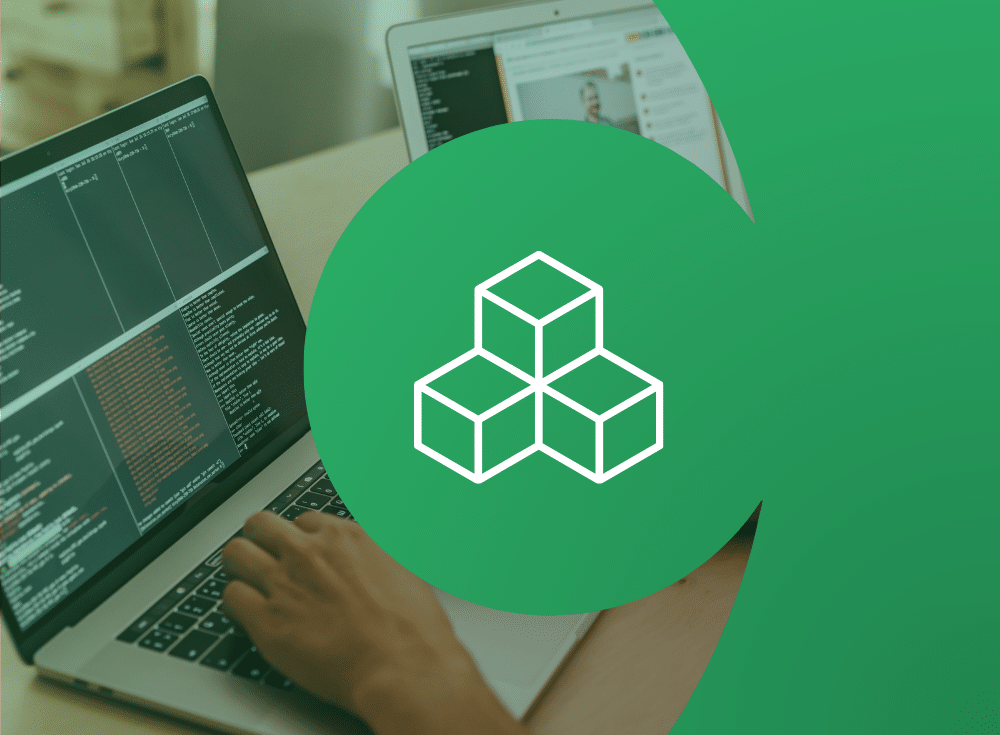Open what now?
The Cloud Native Computing Foundation (CNCF) has an increasing number of framework projects under its auspices that aim to create vendor-neutral standards and tools for various cloud-native applications, including observability. These include (are you ready?): OpenTelemetry, OpenTracing, OpenCensus, OpenSearch, and OpenMetrics. What do they all mean, and where do they fit into toolchains? Chronosphere friends, Logz.io, put together an excellent intro to serve precisely that purpose.
An eye on the money
August was a busy month of funding announcements from companies in the observability space. Cribl and their platform that aims to merge multiple sources of observability data announced a $200 million Series C round. Grafana Labs announced a new $220 million round and a $3 billion valuation. Phew!
Observability saves money
Excuse that clickbait heading, but an increasing amount of surveys, services, and products are highlighting how much resources and money teams waste on inefficient cloud infrastructure. The latest of these surveys is from HashiCorp, and it claims that many overspent by up to 40%, which sometimes runs into the millions of dollars. A good observability stack is one tool to help identify errors and inefficiency that can save resources and SLA violations.
In related news, The information spoke with Pinterest on how they controlled their cloud costs, but the article is behind a paywall, I can only theorize that it probably involved observability 😇.
eBPF summit 2021
Did you make the eBPF summit? Not to worry! If you want to catch up on all the eBPF hype, news, and best practices, head over to the summit website and watch the recorded live streams.
Scaling metrics data
Razorpay is a popular payments gateway in India that processes billions of dollars each month. As with any other fintech, a robust infrastructure is paramount, and observability of that stack is essential. Two of their engineers put together a fantastic post on their journey building and scaling observability that anyone on a similar journey can learn a lot from.
Kubernetes hardening from the experts
If you were looking for guidance on how to harden a Kubernetes cluster, whose opinions might you put near the top of the list? A security company? A white/grey hat hacker? A national security agency? If you answered “a national security agency”, or at least thought their ideas could be interesting, you’re in luck! Everyone’s favorite National Security Agency (NSA) published their Kubernetes hardening guide full of detailed discussions and code aimed primarily at supply chain protection. Now I wonder what could have prompted that publication 🤔?



